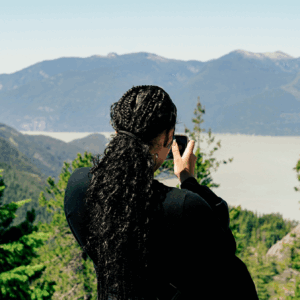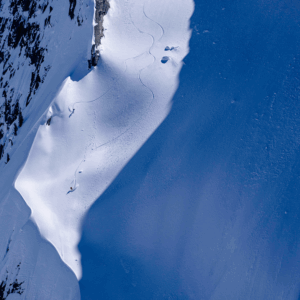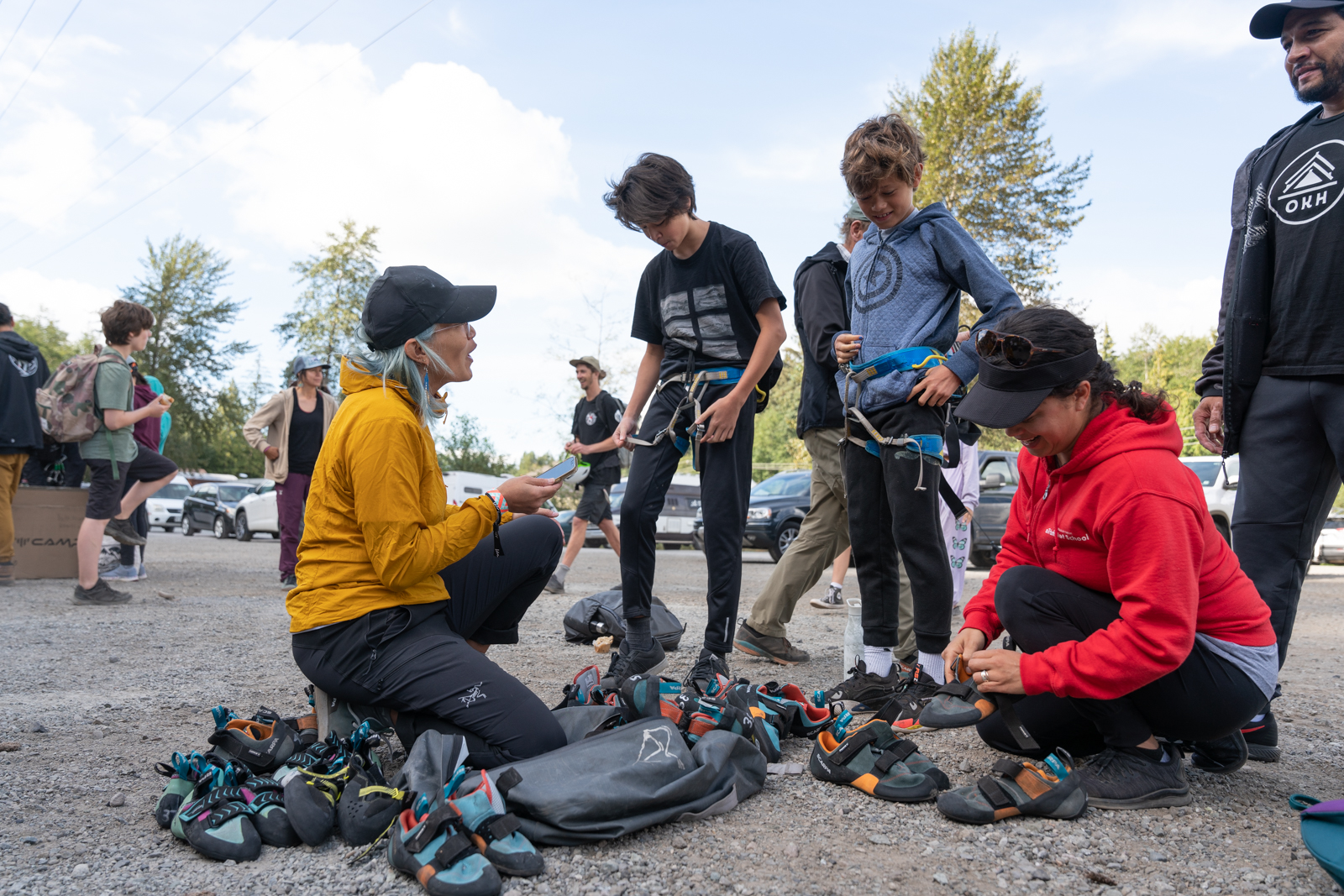
CLIMBING AS COMMUNITY: ARCT’ERYX YOUTH ACADEMY IN SQUAMISH, BC
A friend of mine once asked me what the point of climbing is. “So, you just go up to come back down?” she asked.
The truth is, I always felt like an observer of the land before I found climbing. When I was growing up we never had the finances to be able to go on big trips on airplanes, but we were lucky to live in California. We’d drive through the scenic loops of the many parks in California and stop at viewpoints to look in awe at beautiful vistas. Yet it all still felt distant. There were beautiful mountains – way over there – and I was over here on the asphalt turnout. I was always looking at them, rather than being a part of them.
There are many things I love about climbing – the low impact movement, the community, the puzzle solving, being present in my body – but one of the things I love most is the unique connection it creates with the land. I still remember the first time I was on a multipitch climb. I was 300 feet up at a hanging belay looking out and for the first time, I felt like I was part of the landscape rather than just observing it. When I’m climbing up a route, it feels as though my fingers are having a conversation with the rock. My fingers feel what the holds are telling me. I respond with moves. Each climber’s conversation is different, which is why we each climb the routes a little differently.
While climbing isn’t the only way to foster strong connections with the land, it is my way, and I believe a powerful way. I love sharing it with hope that it will be a way someone can also connect with their body and the land, or at least spur an interest in finding that something for themselves, however it might manifest itself.
There is no better place to share this connection than at the Arc’teryx Youth Academy .The Youth Academy provides guided climbing and rappelling days for First Nations youth from the Lil’wat, Squamish and Tsleil-Waututh Nations in concert with the Squamish Climb Academy. Working in close partnership with Indigenous Life Sports Academy (ILSA) and the Tsleil-Waututh Nation School, the program opens up valuable outdoor opportunities for Indigenous youth in the Sea-to-Sky Corridor, while also opening up my own world. Through the program I’ve learned about the connection their communities have had since time immemorial, and how they’ve culturally approached time on the land.
 While climbing isn’t the only way to foster strong connections with the land, it is my way, and I believe a powerful way.
While climbing isn’t the only way to foster strong connections with the land, it is my way, and I believe a powerful way.
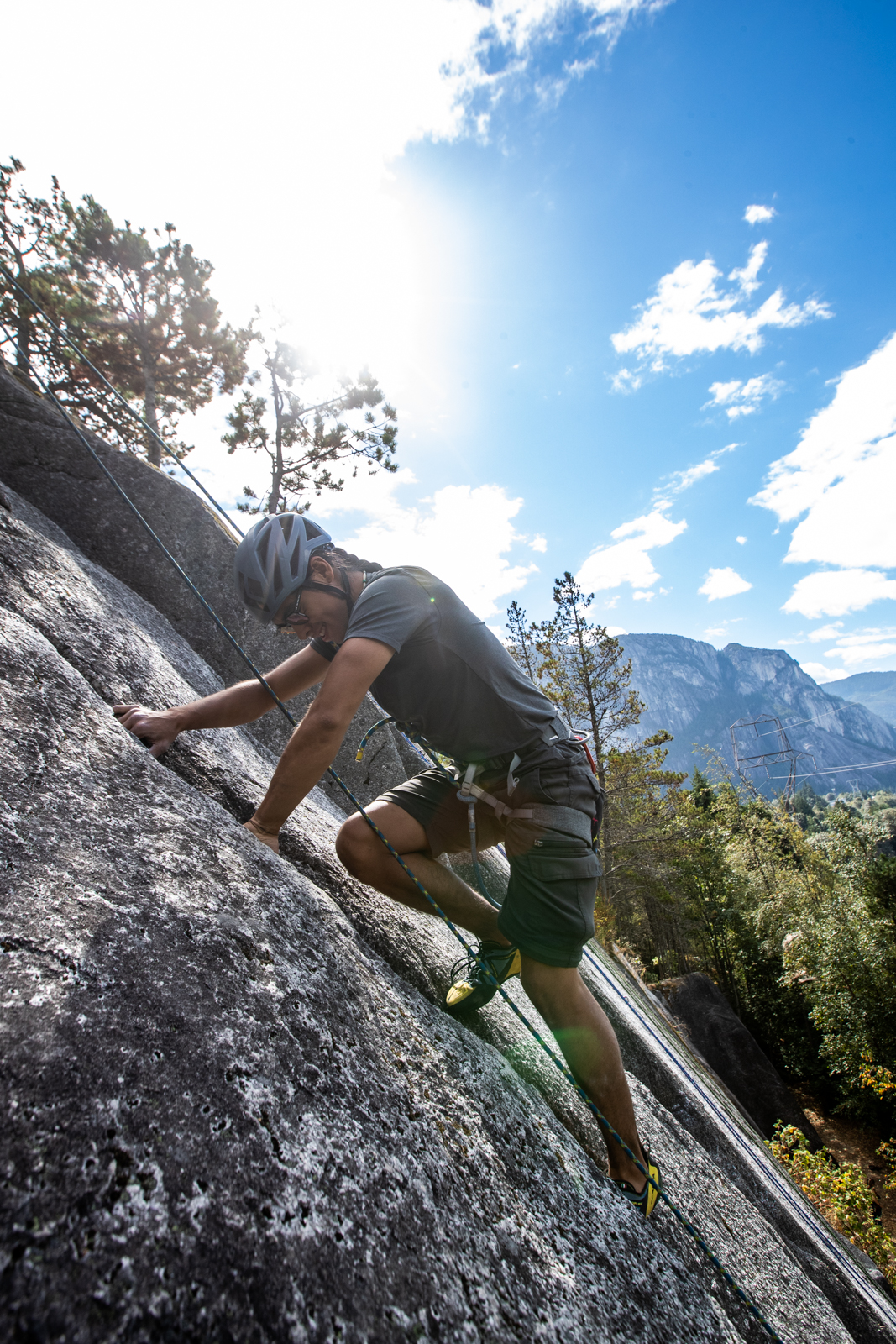
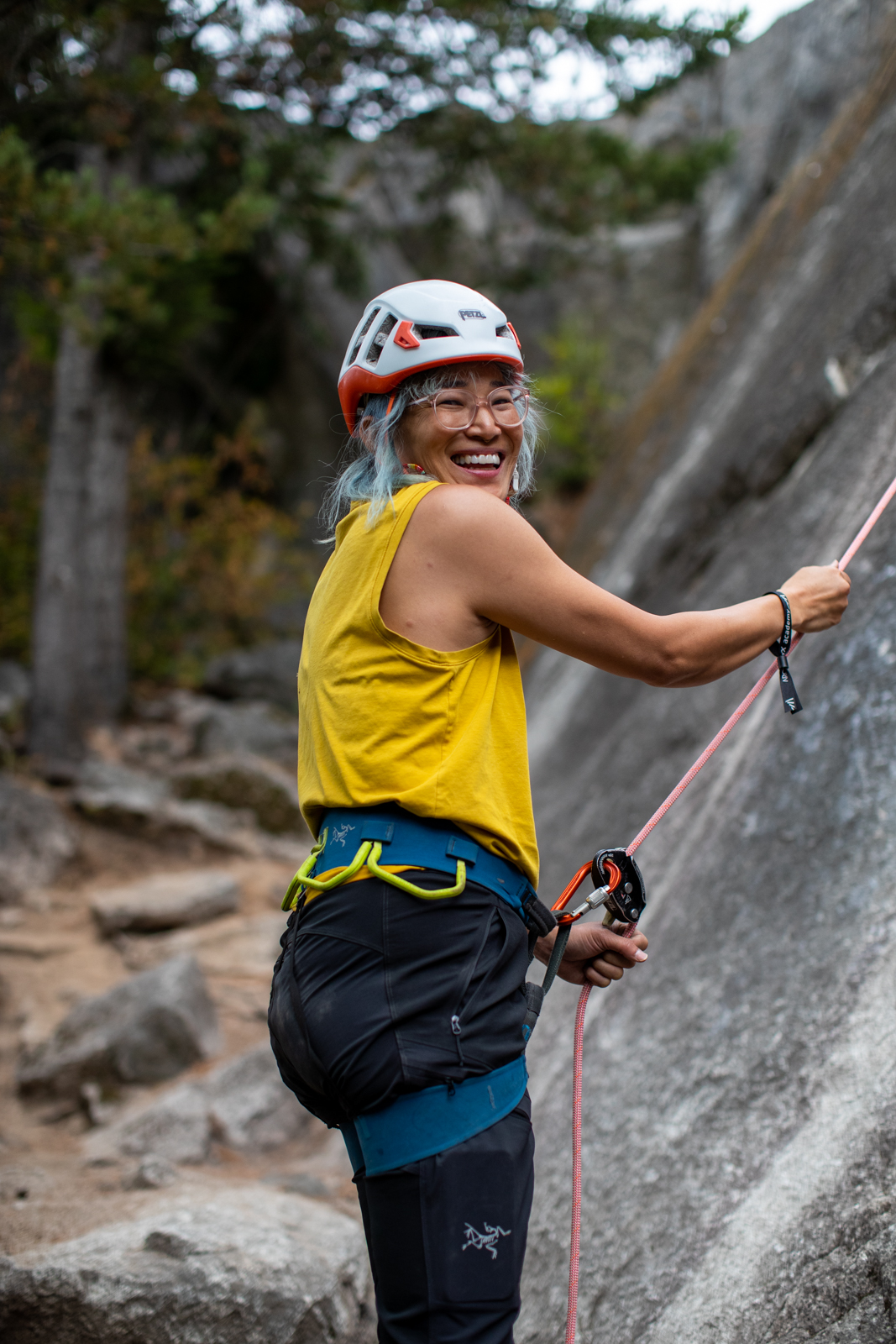
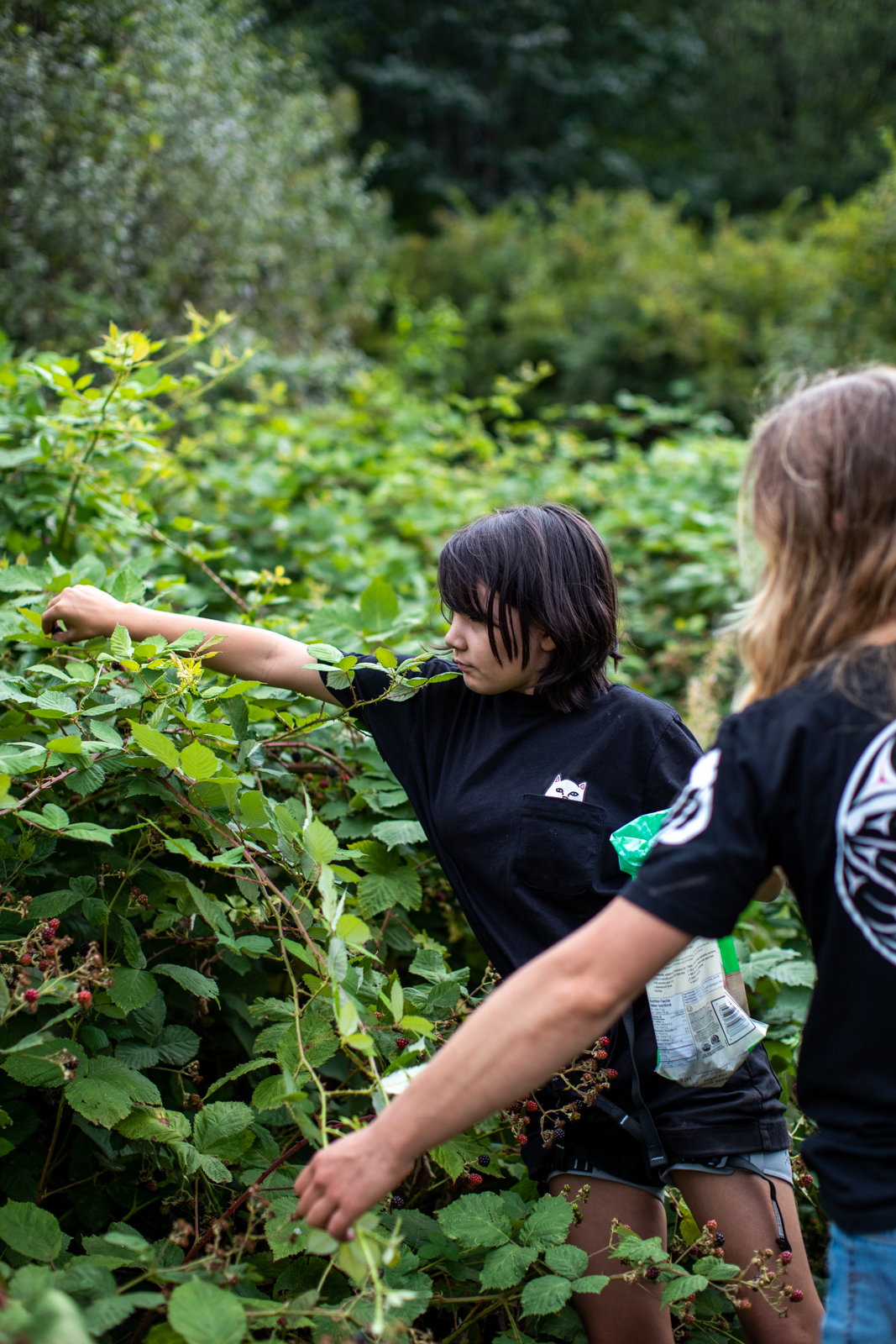
By listening to these partners, we’ve been able to identify key barriers to climbing outside including but not limited to technical knowledge, transportation, gear, culturally sensitive instructors and continuing opportunities past one-time events. We’ve continued to work together to address the barriers and needs identified by the community: Transportation is provided for all youth to and from the climbing area. We strive to create access to progression at the Youth Academy with intermediate climbing programs such as multi-pitch climbing routes as well as beginner top rope climbing and a fun day rappelling in the mountains. We are working to get critical gear into the hands of youth who are excited to continue to climb as well as providing support to the ongoing climbing programs that both these organizations have throughout the year. By continuing to work with guides and athletes committed to this relationship, we are fostering trust between the youth and the guides and athletes. And by continuing an open line of communication, we hope to continue to make necessary changes to deepen and grow this event.
Without a doubt, we’ve been able to get to where we are due to our partnership with ILSA and the Tsleil-Waututh Nation School and their willingness to work with us as we learned along the way. As most things, it’s a work in process but building trust between all organizations has been crucial and beautiful to watch grow.
Last summer, we left the parking lot with the objective of getting on some climbs. I went over the safety aspects of harnesses and tying in and we started to get folks on ropes and they were having a blast. But what struck me was that in addition to the climbing, how much time was spent picking blackberries, playing Mafia, learning words in each other’s traditional languages, and simply spending time enjoying the views. It reminded me once again that climbing, beyond the joy of movement, is sometimes just a vehicle to get us outside together, and that in itself is an accomplishment.
The Youth Academy is an amazing opportunity to share how I interact with the land, and to continue to learn other ways to be in community with people and the land. And for that I am grateful.
To learn more about ILSA (Indigenous Life Sports Academy), visit www.lifesportcanada.org.


